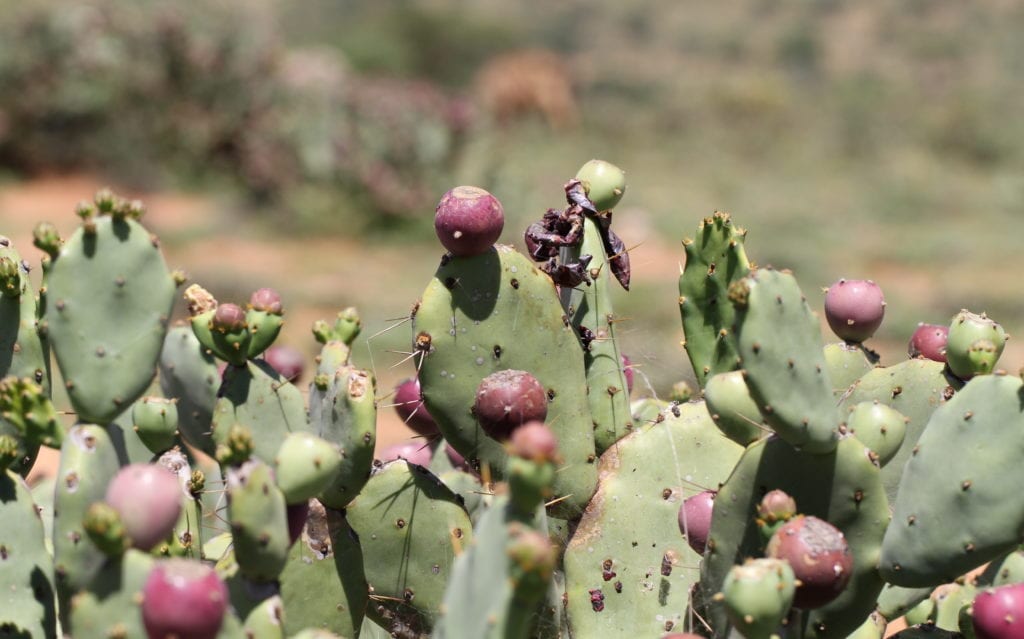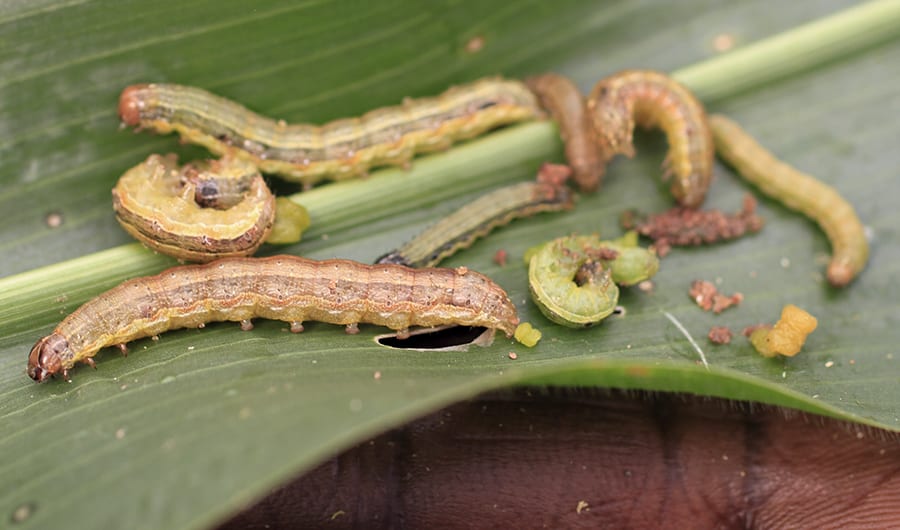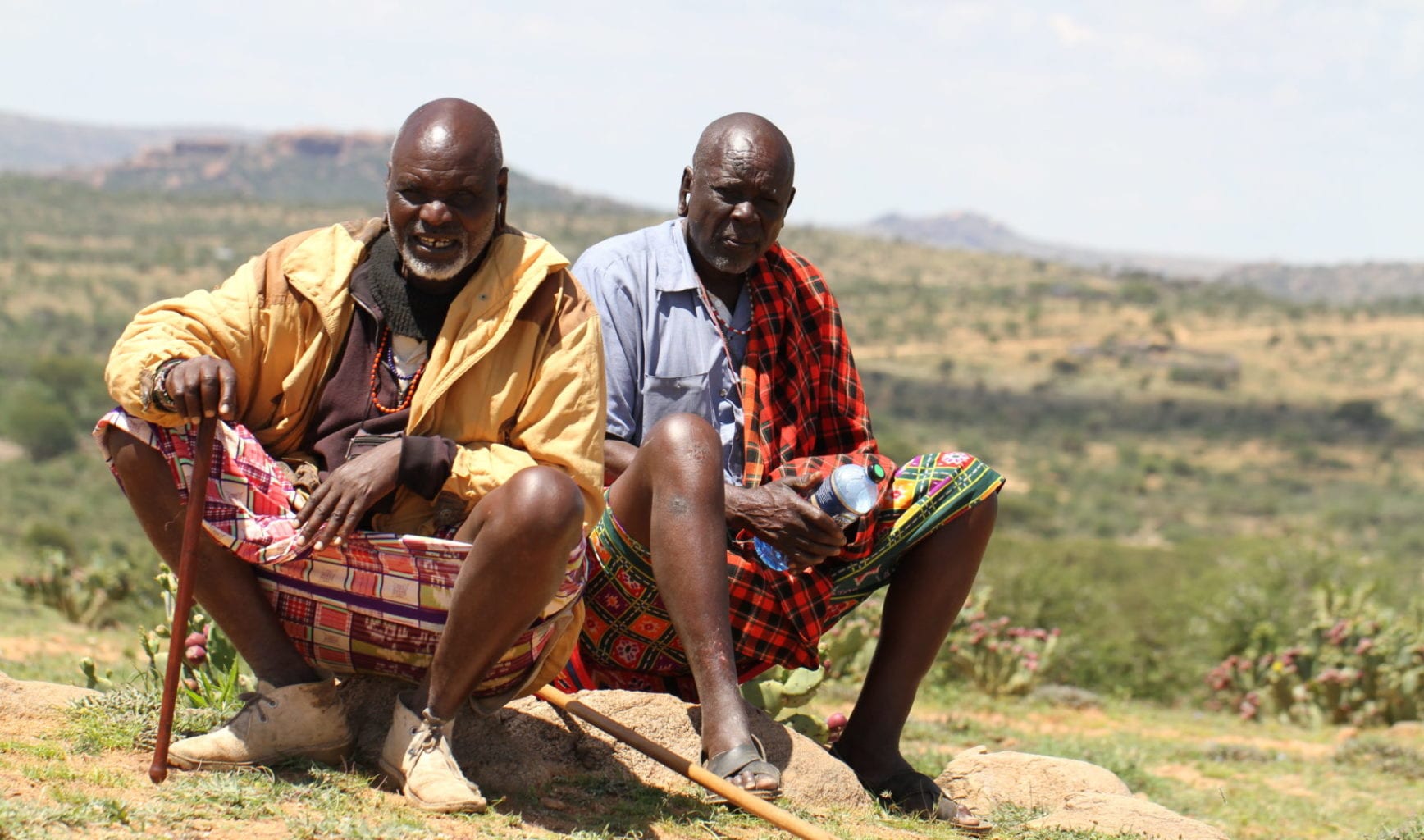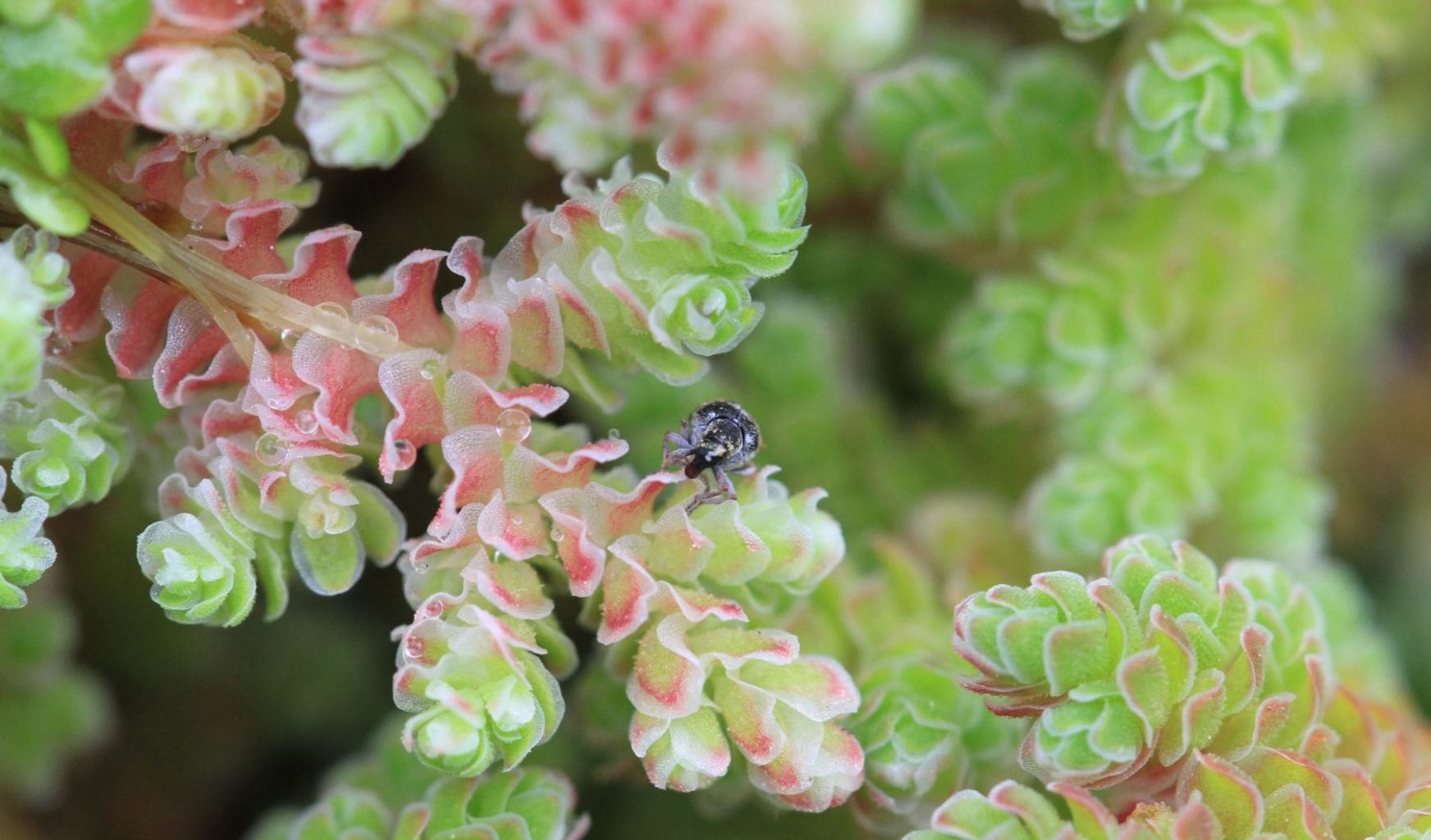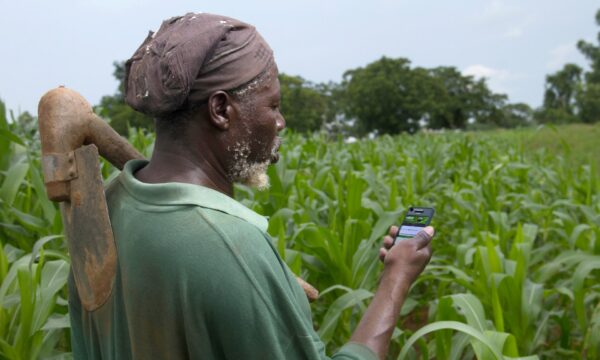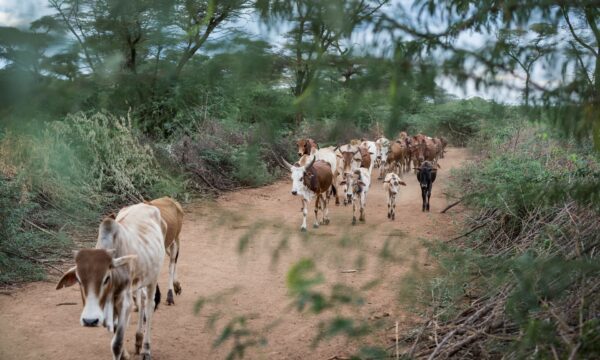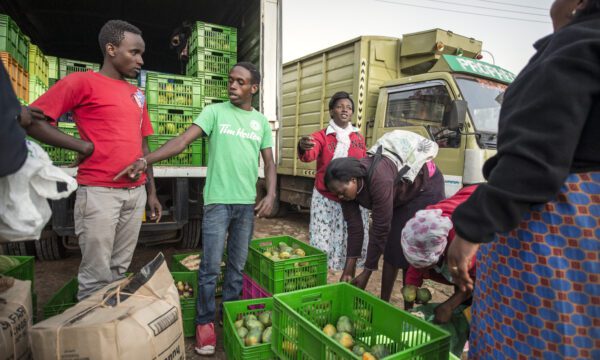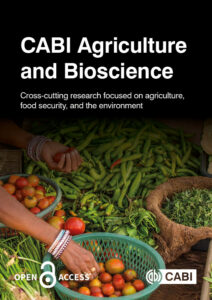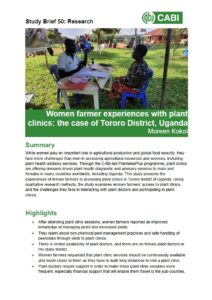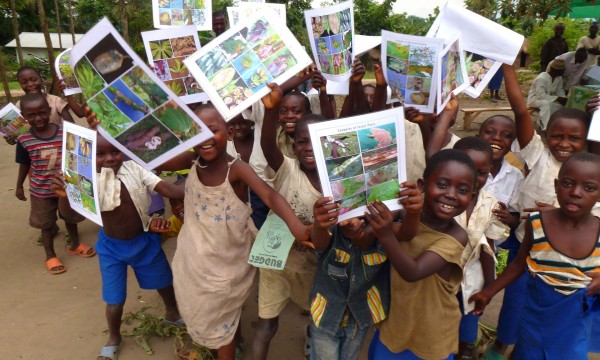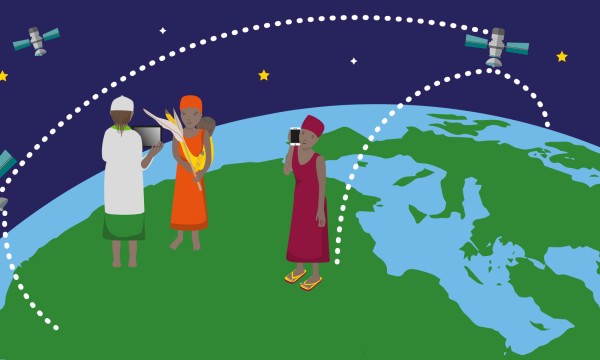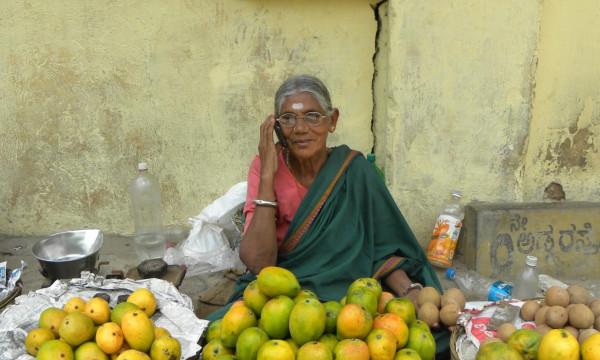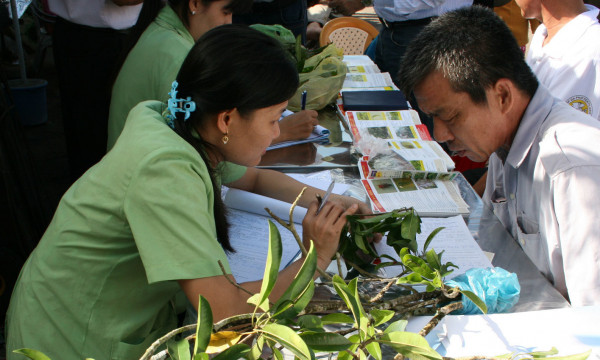Through our work with donors and partners, we are helping to manage the spread of invasive species, a problem that costs the world almost 5% of global gross domestic product or an estimated US$1.4 trillion per year
The challenge
Millions of the world’s most vulnerable people face problems with invasive weeds, insects, plant diseases and animals, which fundamentally threaten the economic growth supported by sustainable development.
Invasive species disproportionately affect vulnerable communities in poor rural areas, especially in developing countries, which depend on natural resources, healthy ecosystems, trade and tourism for their livelihoods.
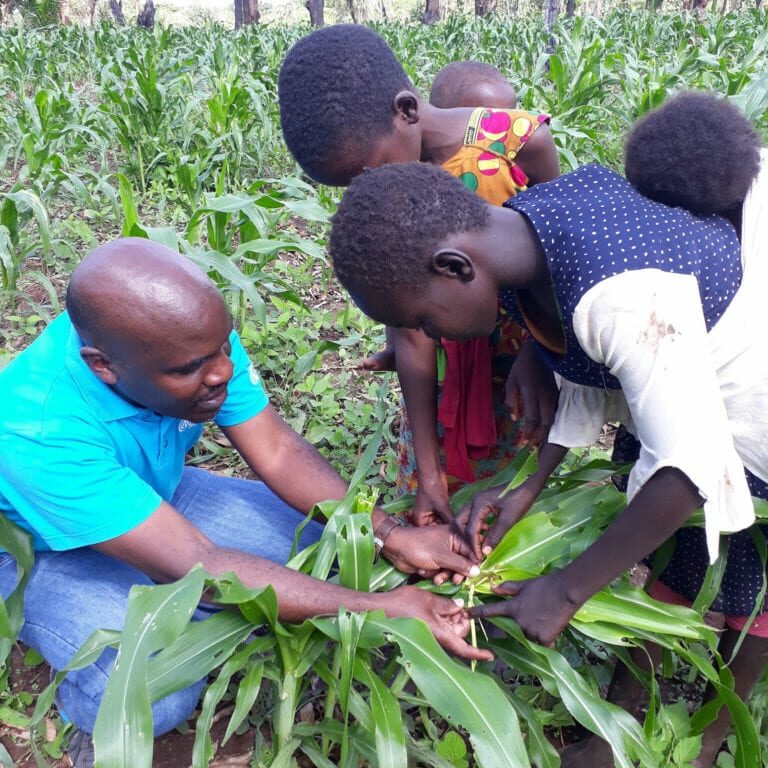
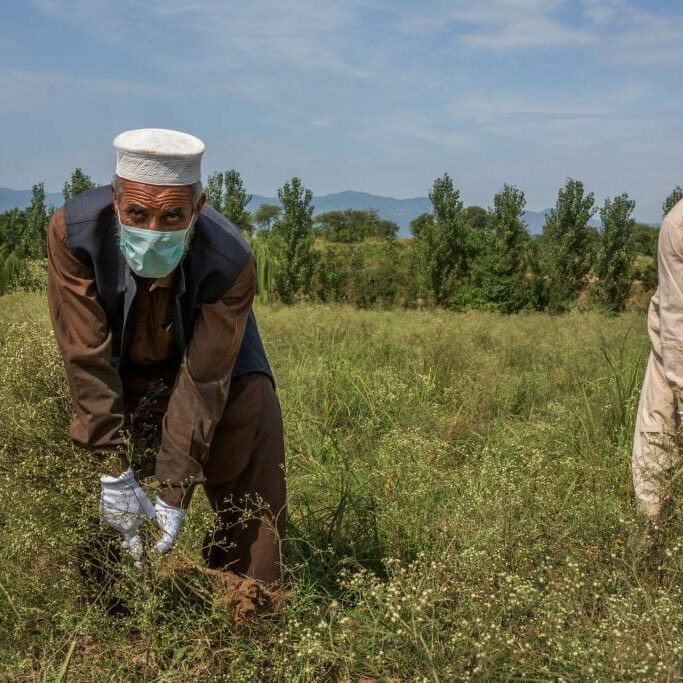
Providing solutions
Recognising the urgent need for action to protect development and economic growth, we are tackling invasive species around the world. Through a range of projects and knowledge tools, we help protect livelihoods and biodiversity.
We have worked on invasive species for over 100 years, developing practical ways of tackling the biggest threats. Our scientists are world leaders in biocontrol research – an approach that uses invasive species’ natural enemies, like insects, to control their spread.
We produce a range of dedicated knowledge tools on invasive species. These include information on how to prevent the spread of invasive species, how to detect outbreaks and best practice solutions for controlling invasives.
Our invasive species expertise in more detail
Through its global Action on Invasives programme, we are developing and implementing solutions for invasive species around the world, helping to protect 50 million poor rural households.
As experts in biocontrol (the use of living organisms, such as insects or pathogens, to control pest populations), we help farmers control crop pests in order that they can grow more and lose less.
The CABI Compendium: Invasive Species Channel is designed to support the work of everyone faced with the identification, prevention and management of invasive species around the world.
Key contact
CABI has expertise in the prevention, early detection and eradication, and management of invasive species, in centres around the globe including our Swiss centre.

Hariet L Hinz
Global Director, Invasive Species
T: +41 (0)32 421 48 72 E: h.hinz@cabi.org
Stories of Impact
Read about the variety of work CABI delivers, and the difference we make
Related Projects
Explore our database of recent projects from around the world
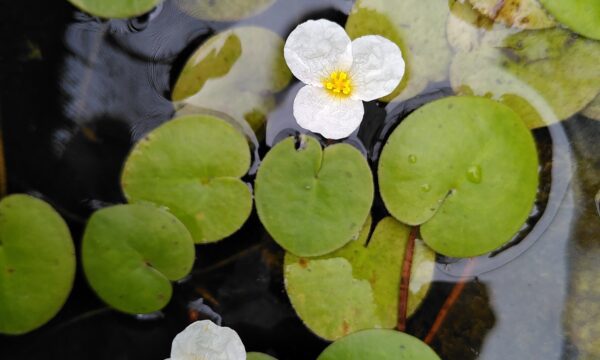
Biological control of European frogbit in North America
European frogbit, Hydrocharis morsus-ranae, is a free-floating aquatic plant with heart-shaped leaves. Native to Europe and parts of temperate Asia and Africa, this plant is considered invasive due to its socio-economic and environmental impacts. European frogbit was introduced into North America as an ornamental plant and has since spread to rivers, lakes and inland waters. CABI is exploring potential biological control agents that can be used to help reduce the expansion of European frogbit through North America.
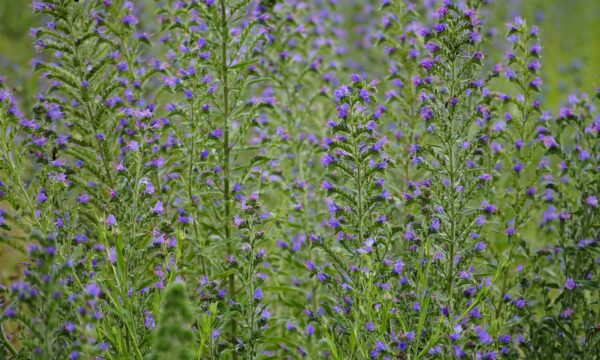
Biological control of blueweed
Blueweed, Echium vulgare, is a biennial plant native to Europe and Asia that has become a problematic weed in pasture and rangelands of North America where it is classed as noxious. Biological control can be used to help manage the weed. CABI has been tasked with identifying and studying specialist natural enemies from Europe and Asia that can be potentially introduced into North America as biological control agents.
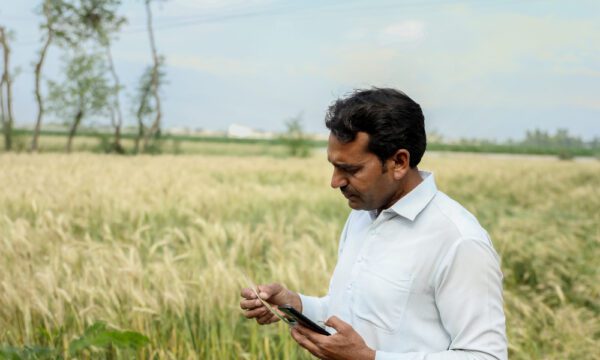
Registration of biopesticides in Pakistan
Agriculture is extremely important to Pakistan’s economy and people. It is the largest sector, employing over 40% of the workforce and contributing approximately 24% to the country’s gross domestic product (GDP). However, the increase in demand for food is being challenged by low agricultural productivity due to losses caused by crop pests and diseases. To overcome these problems, there is an overreliance on pesticides which have caused food safety issues due to excessive pesticide residues. Pakistan is therefore focusing on sustainable pest management and ecosystem conservation. Working with CABI and partners, Pakistan has approved biopesticide registration guidelines to promote environmentally friendly pest control products.
Featured Publications
Papers and other publications that we hope you find enlightening
Women farmer experiences with plant clinics: the case of Tororo District, Uganda
DOI https://dx.doi.org/10.1079/CABICOMM-62-8185
Type Study brief
Published in Study Brief 50: Research
Language English
Year 2025

